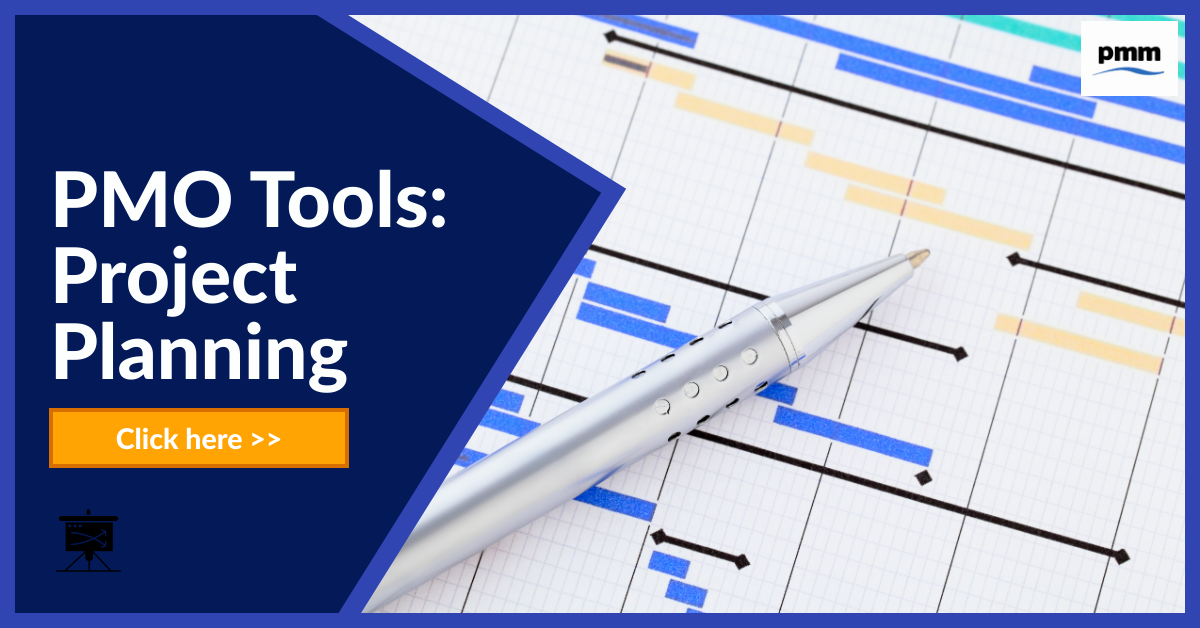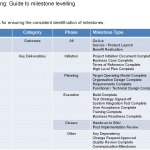In How to setup a PMO it provided the key components to setting up a PMO. Step 3 discussed a number of items in respect of tools and processes. This post is going to cover Planning (milestones).
Planning (milestones)
Milestone Planning Guidelines
An important role of the PMO is to provide visibility and transparency over the status of the projects and programmes that fall within the PMO. This is usually achieved by regular and accurate project reporting.
A key aspect of project reporting is progress against milestones and / or project deliverables. All very straight forward…..or is it?
Firstly, it is important that everyone (those delivering the project, sponsors and stakeholders) understand what is meant by a milestone. If you ask a number of sponsors / stakeholders you will get some interesting answer.
Wikipedia defines a milestone as:
Within the framework of project management, a milestone is the end of a stage that marks the completion of a work package or phase, typically marked by a high level event such as completion, endorsement or signing of a deliverable, document or a high level review meeting.
In simple terms a milestone usually represents the achievement of something significant within the programme, the achievement of which demonstrates progress.
For an IT project this will typically be ‘analysis complete’, ‘testing complete’, ‘system implementation complete’, etc. For a business project it may be ‘implementation of new product / service’.
When thinking about milestones I always like to tie them into the benefit they provide, this makes them more real to senior management. For example, ‘System DA21 Upgrade Complete’, while significant, is not as interesting as ‘Automated Online Shop live’. A system upgrade is great, however the fact that orders can now be placed directly online is means far more to senior management.
The PMO’s role is to ensure that focus and reporting is on the really important milestones that matter to the success of the project and ultimately the organisation.
This can present a problem as different project managers will have different ideas of what constitutes a milestone. Therefore, the smart PMO should lay out some guidelines of what they expect to be defined as the highest level milestones (the real big important ones). This ensures that the highest level milestones reported are what senior manager wish to monitor.
It is totally acceptable for each project to have other milestones that are reported at a project level. This is important so that the project manager can track day to day process.
It is a good idea for the PMO to work with each project manager to agree what milestones should be identified as being the highest level. This ensures consistency and helps to coach the project manager.
Once these milestones have been identified and tagged, the PMO will be able to produce milestone reports for the senior management as a fast and efficient way to monitor progress.
Top tip
The milestone plan can be very beneficial for the project manager as it provides and excellent platform to celebrate big successes by making them visible to senior management.







